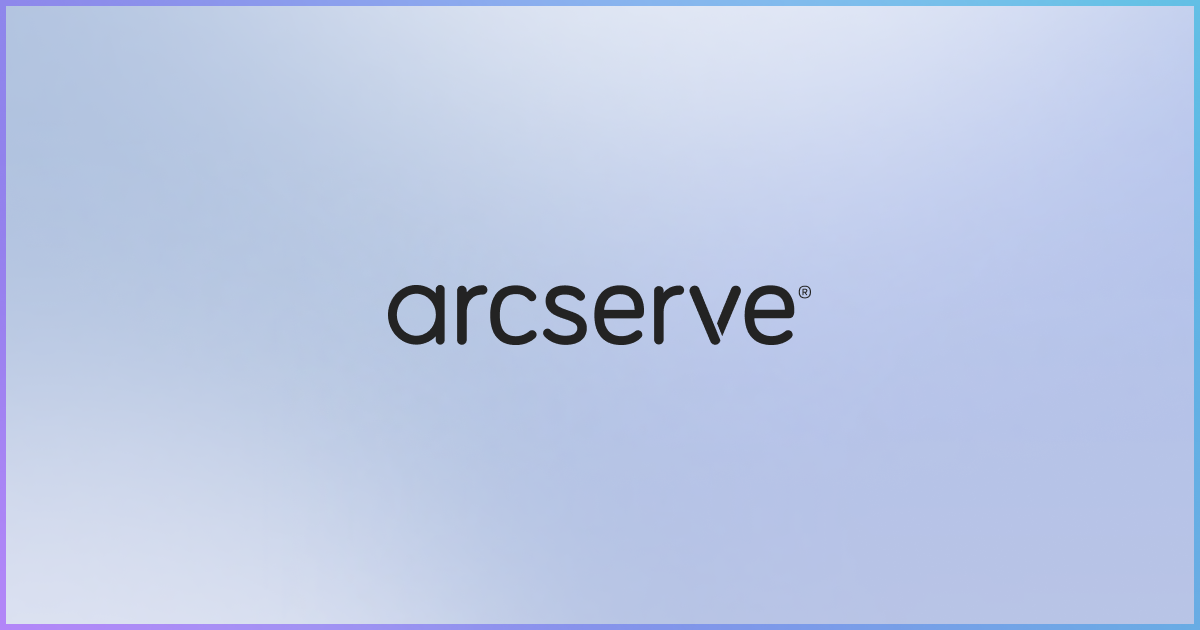Why Teaching Cybersecurity in Schools Is Imperative

Some things we teach our kids are so basic that we take them for granted. Look both ways before crossing the street. Don’t talk to strangers. But in today’s connected world, digital threats should be treated just as seriously as these traditional threats. Since many parents don’t have the up-to-date knowledge necessary to educate their kids about cybersecurity and digital privacy, schools need to step up and fill that gap.
To help schools fight back, the U.S. Congress enacted the K-12 Cybersecurity Act of 2021. The Act notes that sensitive student and employee information can be exposed by a ransomware attack or other breach and directs the government to provide K-12 educational institutions with resources to aid cybersecurity efforts and prevent, detect, and respond to cyber events.
Cyberattacks Against Schools Are Increasing
In its 2021 State of Ransomware 2021 report, Sophos found that education suffered the most ransomware attacks of any industry in a tie with retail. The painful fact is that 44 percent of educational organizations responding to the survey said they had been hit by ransomware in the previous year. And 58 percent of those that were hit had their data encrypted, with 35 percent paying the ransom.
The report also notes that education was at the top of the list of industries that admit they have security weaknesses. If you’re an IT pro responsible for your educational organization’s data protection, this is the statistic that probably hits home the most. You are probably already doing everything you can to close your security gaps and protect sensitive data. But there’s always more to do.
Cybersecurity Offers Huge Career Opportunities
Technology can’t solve everything. Your students, teachers, and staff are the front lines of your cybersecurity defenses. Educating them on their part in data protection is logical (more on that later). But there’s an even more important reason to engage students in this area: Cybersecurity Ventures predicts that there will be 3.5 million unfilled cybersecurity jobs in 2021. It also predicts that that number will remain steady through at least 2025.
That translates into incredible career opportunities for today’s—and tomorrow’s—students. And that’s why engaging them in the subject of cybersecurity and ransomware is a win-win for your students and your organization.
The Cybersecurity & Infrastructure Security Agency (CISA) leads the effort to enhance the US cybersecurity and communications infrastructure's security, resiliency, and reliability. The Agency also hosts a cybersecurity educationand career development website to help develop and train the critical professionals needed to secure education, private industry, and government. It also offers an excellent cyber career pathways tool that shows how diverse and exciting cybersecurity work can be. These opportunities are reason enough to add some level of cybersecurity education to your curriculum.
People Are Your Front-Line Defenses
As noted above, educating your students, teachers, and staff about cybersecurity is also logical because they are crucial to successfully combating malware and ransomware. Everyone needs to understand how to spot and respond to potential threats because all it takes is a single click on a malicious link or the download of an infected PDF for ransomware to get in and encrypt your data. For educators, the good news is that CISA offers a wealth of K-12 resources on its Stop Ransomware website. This is a great starting point for putting together an effective curriculum.
CISA also offers tips and cybersecurity best practices for students to help them stay safe and do their part in keeping your school’s network secure while learning remotely. Given how fast threats to educational organizations—and every other organization and individual for that matter—are increasing, teaching about cybersecurity should be a part of every school’s culture and curriculum.
It’s also a good idea to enlist parents’ help—especially for younger students—in instilling safe cyber practices with their kids. Sharing simple tips can be a good starting point, such as:
- Teach kids to choose secure passwords (or use a password management tool)
- Explain that personal information should never be shared online without asking parents first
- Help them understand what phishing attacks are, what scams can look like, and what to do if they aren’t sure if an email, message, or website is safe
Avoid Becoming a Ransomware Statistic
You can do plenty of other things to protect your school from data breaches and ransomware. We offer four essential steps in this recent post, including implementing a 3-2-1-1 backup strategy. Putting all the pieces in place to secure your educational organization’s data takes time and effort, but Arcserve makes data protection, backup, and recovery easy. Arcserve’s broad portfolio offers data protection and management solutions designed to fit your school or district, regardless of its size. Get help now by finding an Arcserve technology partner, or contact us for answers to your data protection questions.